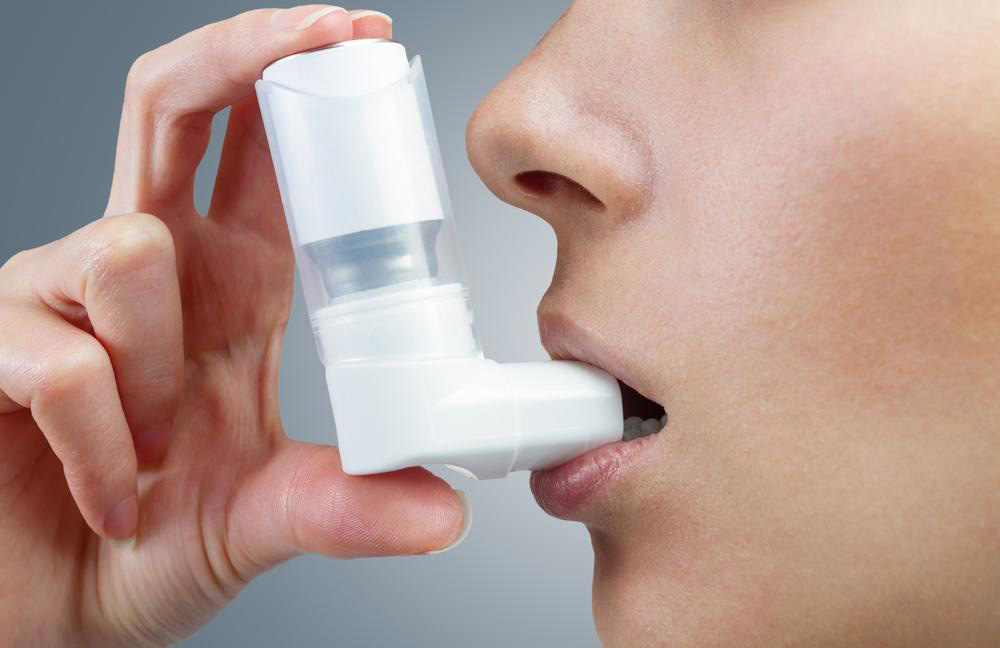How is severe asthma treated?
Asthma is one of the respiratory disorders of the lungs and has a periodic aggravation. Very quick acting medicines are needed to control these episodes and provide relief to the patient. These are called rescue medication. This group contains quick, short acting bronchodilators called short-term beta agonists. Another group of medicines used for asthma treatments give relief within minutes. These are is normally used to treat acute emphysema but has been found to be useful to control severe symptoms of asthma like tightness in chest, wheezing, cough etc.

Oral and intravenous medications are used for short spells and they have side effects on long, continuous use. The use of emergency medication becomes very rare when long term medicines work well. It is important to keep a record of the number puffs and times one uses these drugs and inform the doctor. In allergic asthma, one can get relief from the use of desensitizing medicines. One needs to take a shot every two to four weeks. As the sensitivity of the immune system reduces, these shots are lessened. Another specialized treatment is bronchial thermoplasty. This is no more widely available and is not useful to all. In the course of three or four sessions in the outpatient setting, the insides of the air passage are heated up using an electrode. This reduces the smooth muscle inside the bronchi. This limits the ability of the bronchi to contract keeping them open. This reduces the asthma symptoms.
Great improvements have taken place in the field of inhaler technology. On pressing the piston of the inhaler, gas is released which carries a fixed amount of medicine to the patient through the mouthpiece. The efficiency of the device depends on the coordinated inspiration by the patient which many found difficult. The current model has a spindle shaped storage in between the cylinder and the mouth piece. The mouthpiece/mask has a valve which opens and closes in sync with breathing. Once a measured quantity of medicine is released into the reservoir, the patient breaths as usual till all the medicine is taken in. When a large amount of medicine is to be inhaled, a nebulizer is used where a liquid bronchodilator is converted into a mist and the patient breaths the mist till the dose is breathed in completely. This is ideal for patients with feeble breathing and in cases where large amount of medicine is required. Inhalers with spacerare fast catching up.